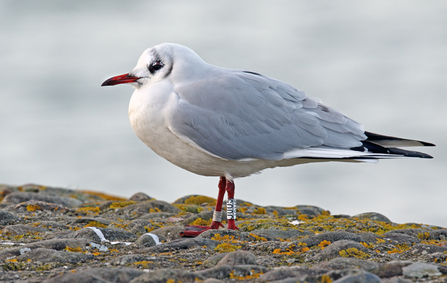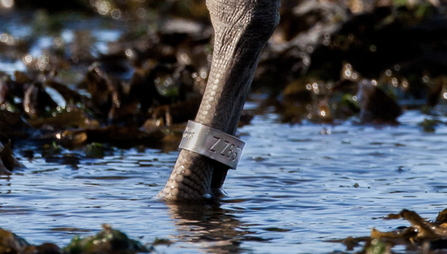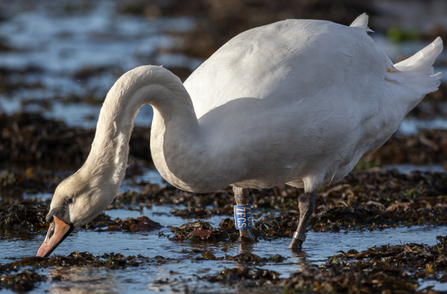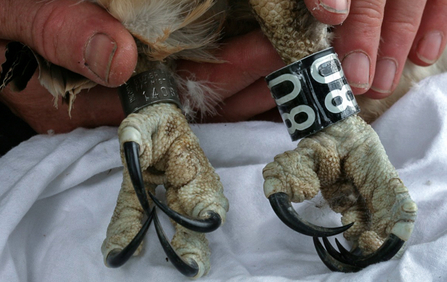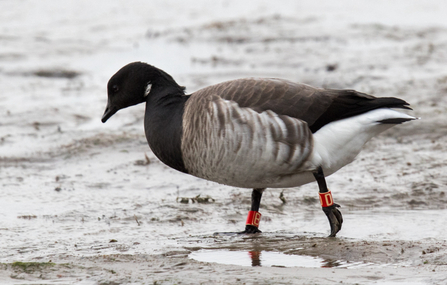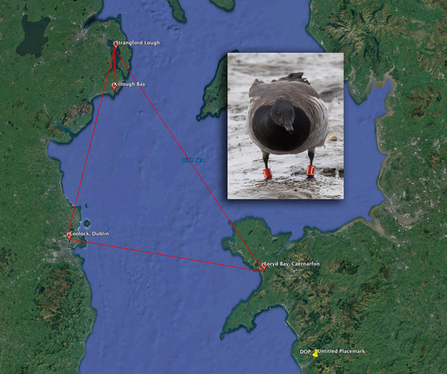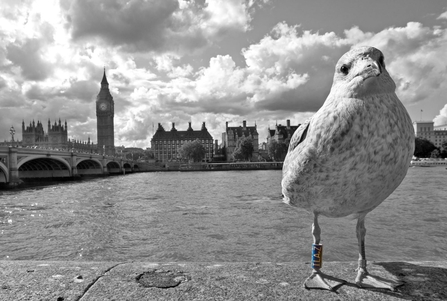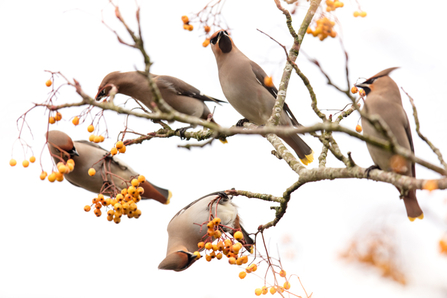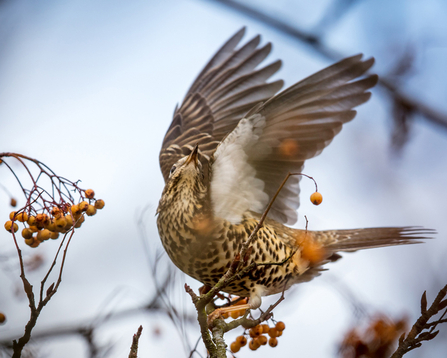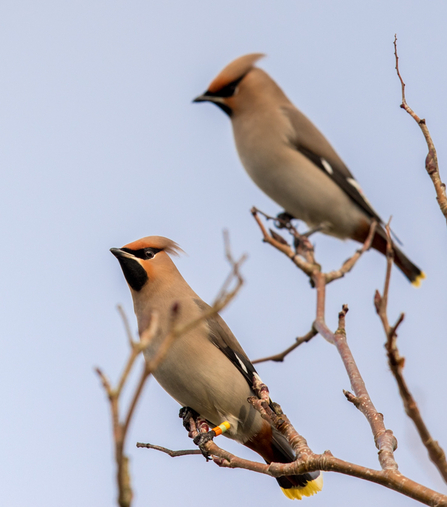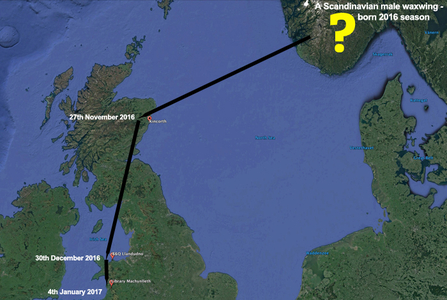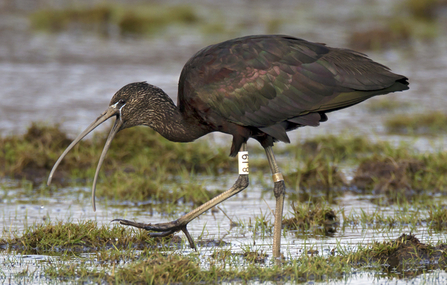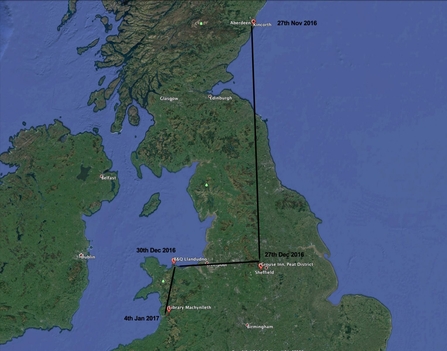I get very excited when I see a flock of birds.
I always have done. Since I was a small boy I have always wondered what kind of birds they are and where they come from; I still do today.
Only these days there's a decent chance you may actually find out if you look closely enough. There are two main reasons for this: the increase in biological recording techniques such as ringing, tracking and wing-tagging, and huge recent advances in photographic equipment such as auto-focusing digital DSLRs and lenses. Better telescopes and optics have helped too, as has the general increase of interest in birds and wildlife by the general public.
A ringed black headed gull photographed in Caernarfon - a Norwegian male ringed as a chick in 2010 in Stavanger, 565 miles away

